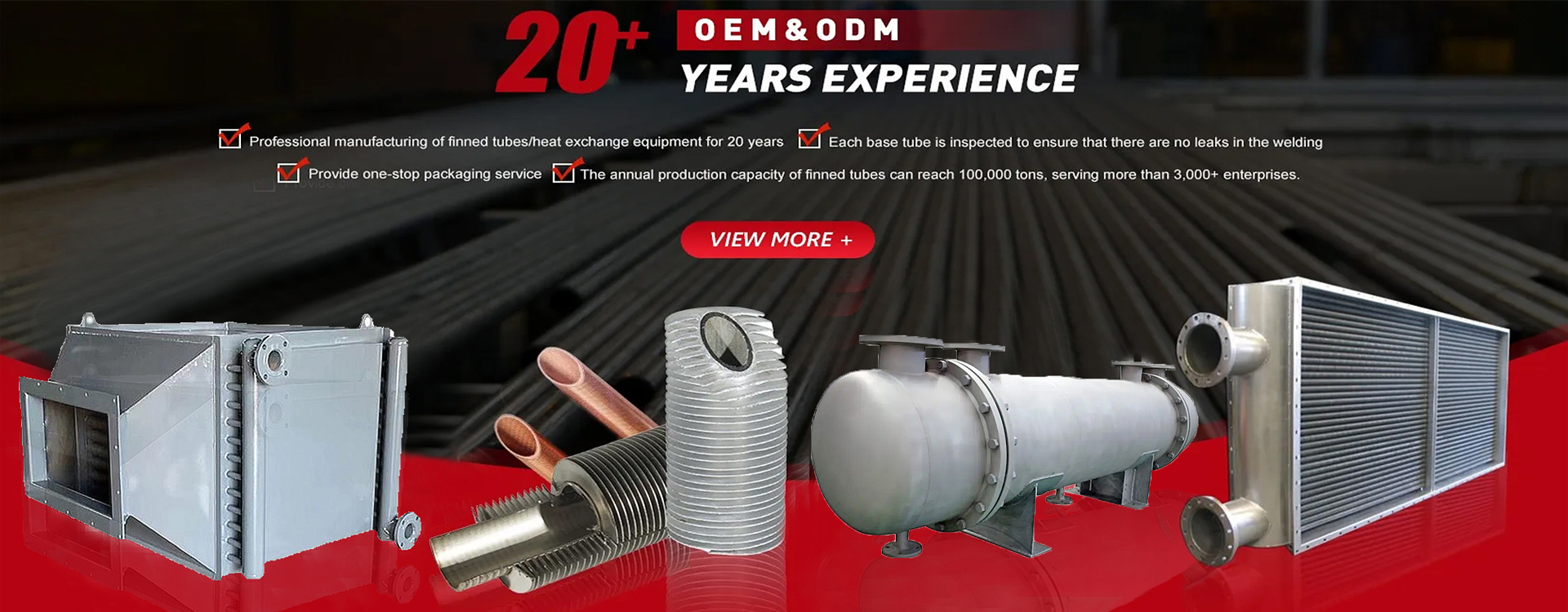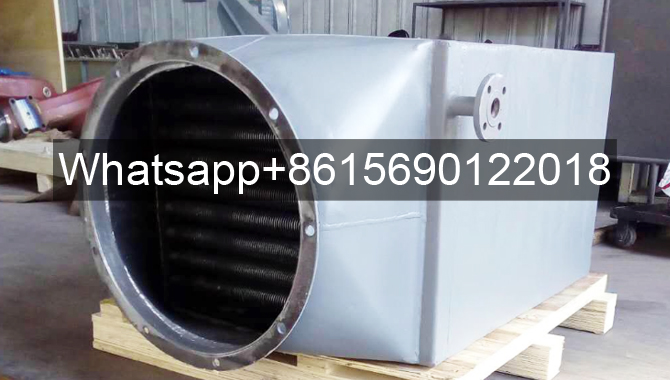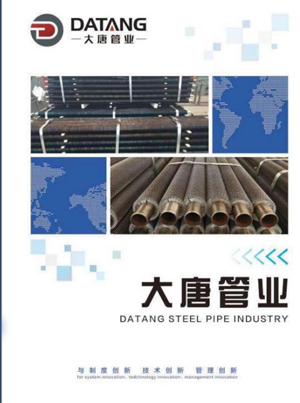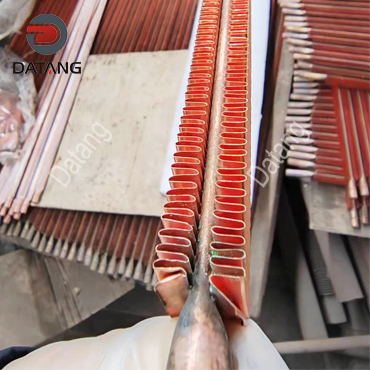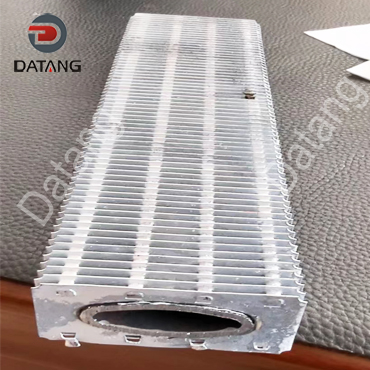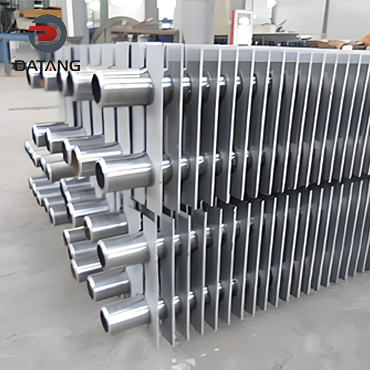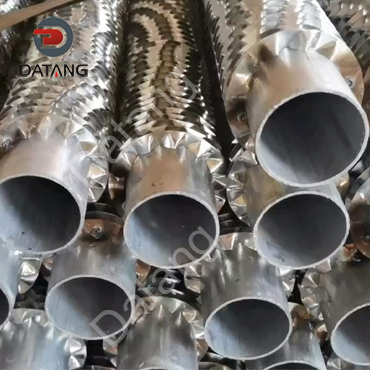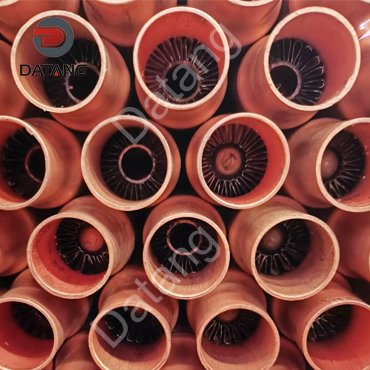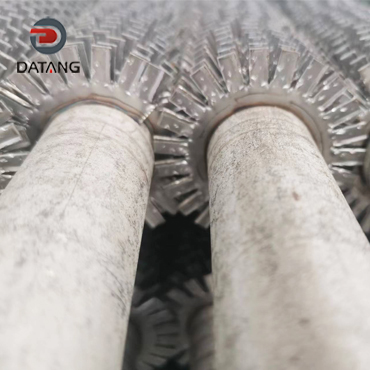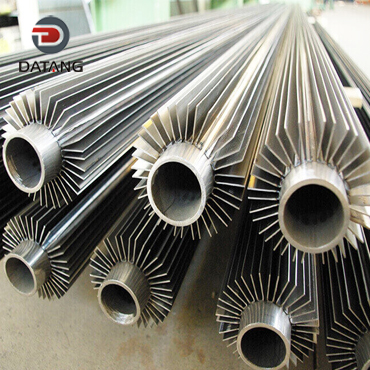Steam Heat Exchanger
Steam heat exchangers also called steam air heaters.They have a wide range of uses but are especially valued in industries where reliability and durability are essential. The production of food, pharmaceuticals or expensive industrial products are just some examples.
- Fin Tube Material:Carbon Steel, Stainless Steel, Aluminum Finned Tubes
- Tube Sheet Material:Carbon Steel, Stainless Steel
Product Details
What is Steam Heat Exchanger?
Steam heat exchangers also called steam air heaters.They have a wide range of uses but are especially valued in industries where reliability and durability are essential. The production of food, pharmaceuticals or expensive industrial products are just some examples.
Steam is a fast and efficient way to heat media, especially air and liquids. Steam air heaters consist of a row of tubes in a casing or duct. The steam is passed through the tubes and any air or gas that moves over the tubes is heated.
At Datang Fin Tube, we design and manufacture bespoke steam air heaters specifically for industrial applications.
Steam heat exchangers are devices designed to transfer heat efficiently between steam and another fluid, typically a liquid or gas. They play a crucial role in various industrial processes and applications where the exchange of thermal energy is required. The fundamental principle behind steam heat exchangers is to harness the high-temperature steam to heat or cool another fluid without direct mixing, preserving the purity and integrity of both the steam and the target fluid.
How Steam Heat Exchangers Work?
A steam heat exchanger operates by transferring heat from steam to another fluid, such as water or air, or vice versa, within an enclosed structure. The device consists of a shell, which contains a network of tubes or plates. Steam is introduced into the heat exchanger through a steam inlet and the heat transfer occurs through either direct contact or indirect contact methods. In direct contact, the steam and the other fluid come into direct interaction, allowing heat to transfer through conduction and condensation, suitable for low-temperature applications. In indirect contact, a barrier separates the two fluids, and heat is transferred through the tube or plate walls, ideal for high-temperature applications.
As the steam loses heat and condenses, the resulting condensate is managed and drained. The other fluid, now heated or cooled to the desired temperature, exits through an outlet connection. Control systems may be used to monitor and regulate the flow for optimal temperature control. Steam heat exchangers come in various types, and selecting the right one depends on factors like application, space, and efficiency requirements, with safety precautions and regular maintenance being essential for safe and efficient operation.
Benefits of Steam Heat Exchangers
High Heat Transfer Efficiency:
Steam is an excellent heat transfer medium due to its high latent heat of vaporization. This allows for efficient heat transfer, making steam heat exchangers highly effective in transferring heat from one fluid to another.
Rapid Heating and Cooling:
Steam can quickly raise the temperature of a fluid or cool it down, which is beneficial in processes that require rapid temperature changes, such as sterilization, pasteurization, or heating in food processing.
Clean and Sterile Heating:
Steam is typically produced from pure water, making it a clean and sterile heat transfer medium. This is crucial in applications where product contamination or purity is a concern, such as in the pharmaceutical and food industries.
Energy-Efficient:
Steam heat exchangers are known for their energy efficiency. Steam can be generated from a variety of fuel sources, including natural gas, electricity, or waste heat recovery, which can help reduce energy consumption and operational costs.
Precise Temperature Control:
Steam heat exchangers can maintain precise temperature control, which is vital in processes where temperature consistency is essential, like chemical reactions or brewing.
Reduced Corrosion and Fouling:
Steam heat exchangers are less susceptible to corrosion and fouling compared to other heat transfer fluids, which can extend their operational lifespan and reduce maintenance requirements.
Application of Steam to Water Heat Exchangers
Domestic Hot Water Heating:
In residential and commercial buildings, steam-to-water heat exchangers are used to heat domestic hot water. Steam from a central boiler is used to indirectly heat water, providing a reliable source of hot water for showers, faucets, and other uses.
HVAC Systems:
Steam-to-water heat exchangers are integral components of heating, ventilation, and air conditioning systems (HVAC). They help transfer heat from steam to water, which is then used to heat or cool the air in buildings.
Industrial Processes:
Many industrial applications require precise temperature control. Steam heat exchangers are used in industries like food processing, chemical manufacturing, and pharmaceuticals to heat or cool process fluids, ensuring consistency and quality in production.
Steam Generation:
In some cases steam heat exchangers are used to generate clean steam for specific applications, such as sterilization in hospitals, food preparation, or pharmaceutical manufacturing. The heat exchanger uses clean, treated water to produce steam without impurities.
Heat Recovery:
Steam heat exchangers can capture waste heat from various industrial processes and use it to preheat water. This heat recovery process can significantly reduce energy consumption and lower operating costs.
Power Generation:
In power plants, steam heat exchangers are used to improve overall efficiency by recovering heat from exhaust gases or other waste heat sources and using it to preheat water in the boiler system.
Laundry Facilities:
Commercial laundry facilities often use steam heat exchangers to provide hot water for washing machines, thus ensuring effective cleaning and sanitization of laundry.
Looking for a steam heat exchanger partner?
Cangzhou Datang Steel Pipe Co., Ltd has over 100 years of experience in designing and manufacturing bespoke heat exchangers, including steam air heaters. We work with original equipment manufacturers and end-users to deliver top-class results based on our customer’s specific needs.
We are experts in fin design, as well as extended fin surfaces and their applications. This allows us to deliver customised air heater solutions for specific applications and environments.
Tell us your requirements and find out what we can do for you.
- Datasheet
- Drawing
- Certificates
|
PRODUCT
|
TYPE
|
TUBE MATERIAL
|
FIN MATERIAL
|
TUBE SIZE
|
FIN SIZE
|
|
Heat Exchanger Finned Tube
|
Extruded Fin Tube
|
All Kind of Material can be applied
|
Aluminum A1100
|
15.88~50.8
|
7~11.5FPI
|
|
Fin Height Max 16mmH
|
|||||
|
L-Foot Fin Tube
|
All Kind of Material can be applied
|
Copper C1100, C1220
|
12.70~50.8
|
7~11.5FPI
|
|
|
(Wrap On Type)
|
Fin Height Max 16mmH
|
||||
|
G-Fin Tube (Embedded Type)
|
Aluminum A1100, A1050, A1060
|
||||
|
High Frequency Welded Finned Tube
|
A179 Carbon Steel Tube
|
Carbon Steel Tube
|
12.70~160
|
1.5~7FPI
|
|
|
Stainless Steel Tube
|
Stainless Steel Tube
|
0.8~3.2mm. Thickness
|
|||
|
Alloy Steel Material
|
Alloy Steel Material
|
||||
|
Integral Copper & Copper Alloy High Finned Tube
|
C12200, C11000, C70600
|
C12200, C11000, C70600
|
15.88~22.23
|
5~9FPI
|
|
|
Max 12mm. H
|
|||||
|
Oval Finned Tube
|
Carbon Steel Tube
|
Carbon Steel Tube
|
All Size Available
|
5~15FPI
|
|
|
Stainless Steel Tube
|
Stainless Steel Tube
|
||||
|
Alloy Steel Material
|
Alloy Steel Material
|
||||
|
Copper & Copper Alloy Tube
|
Copper & Copper Alloy Tube
|
||||
|
Monometallic Fin Tube
|
Low Fin Tube
|
Carbon Steel, stainless steel, titanium, copper, brass, nickel alloy, etc.
|
—
|
9.52~40
|
12, 16, 19 28 FPI, etc.
|
|
Turbo-C Tube
|
|||||
|
Turbo-E Tube
|
|||||
|
Corrugated Tube
|
All Kind of Material
|
—
|
6.35~40
|
2~9FPI
|
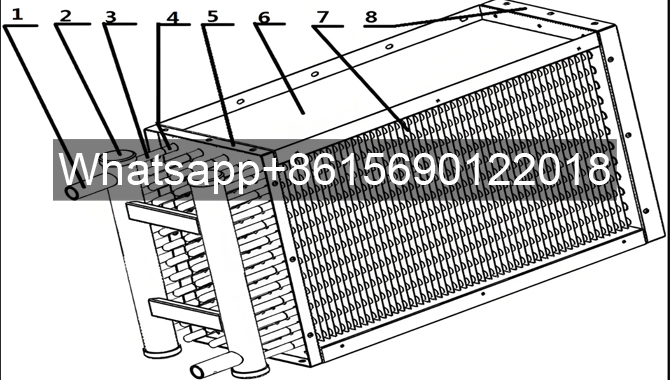
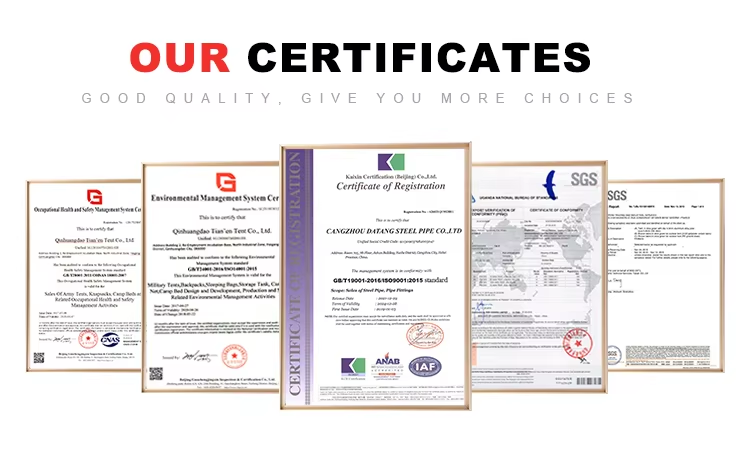
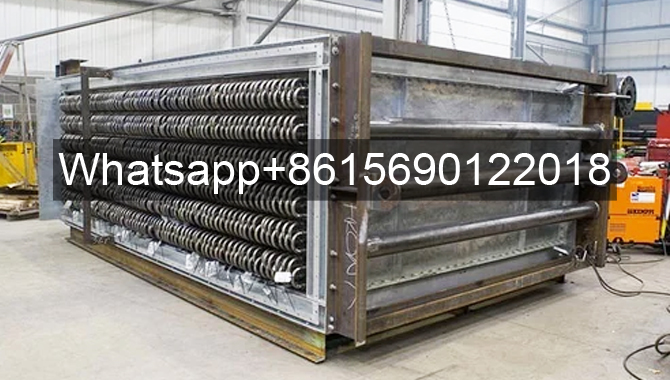
Steam Boiler Heat Exchanger
In a steam boiler heat exchanger, steam is used to indirectly heat water or other fluids to generate hot water or steam for various applications. The steam does not come into direct contact with the secondary fluid, ensuring purity and preventing contamination. These heat exchangers are commonly used in industrial, commercial, and residential heating systems, including central heating, power plants, and water heating units.
Steam Plate Heat Exchanger
Steam plate heat exchangers consist of thin, corrugated metal plates that facilitate efficient heat transfer between steam and a secondary fluid, often water or another liquid. The corrugated plates create turbulence, enhancing heat transfer. Plate heat exchangers are employed in a wide range of applications, including HVAC systems, industrial process heating and cooling, and food and beverage processing.
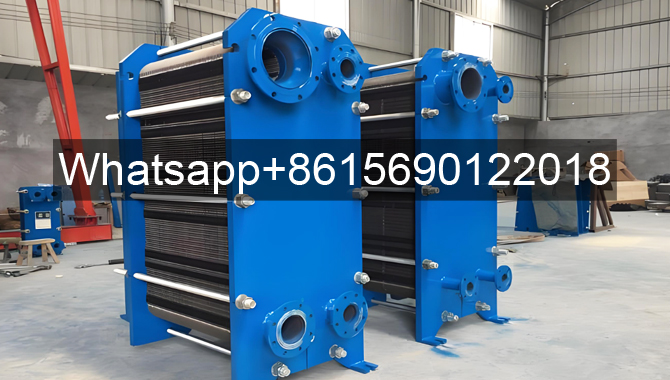
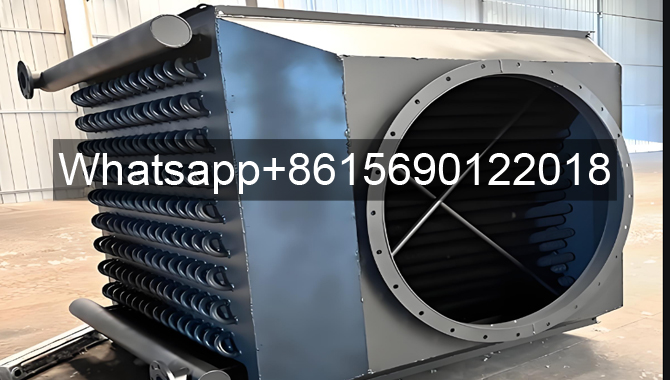
Steam to Air Heat Exchanger
These heat exchangers are designed to transfer heat from steam to air. They typically consist of finned tubes through which steam flows, and air is passed over the finned surface to absorb the heat. Steam to air heat exchangers are used in HVAC systems, radiators, and industrial air heating applications where hot air is required.
Steam Coil Heat Exchanger
Steam coil heat exchangers also known as steam heating coils, are tubes or pipes through which steam passes, transferring heat to the surrounding air or fluid. The coil is typically placed inside a duct or tank. Steam coil heat exchangers are widely used for space heating in HVAC systems, in industrial drying processes and in steam humidification systems.
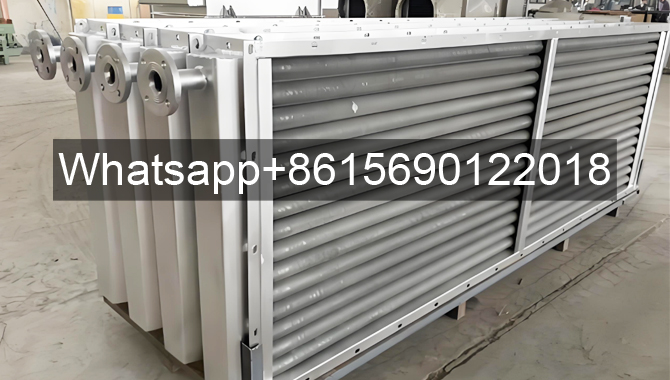
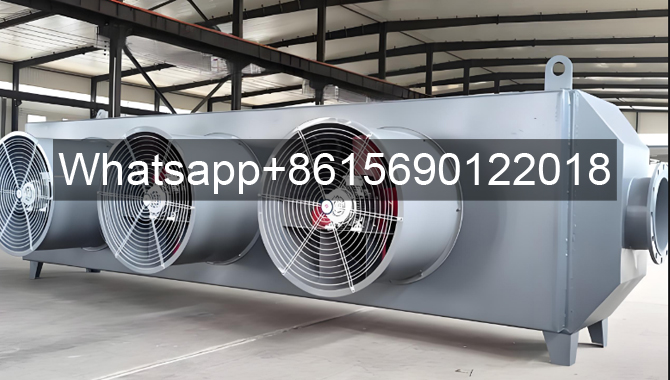
Steam to Steam Heat Exchangers
These heat exchangers are designed to transfer heat from one steam source to another. They consist of two sets of tubes, one carrying the incoming steam (primary side), and the other carrying the steam that needs to be heated (secondary side). The heat from the primary steam source is used to raise the temperature of the secondary steam source. Steam to steam heat exchangers find application in industries where high-quality, pure steam is required.



